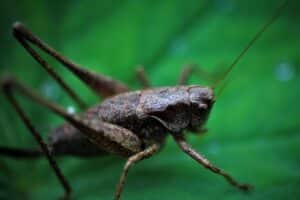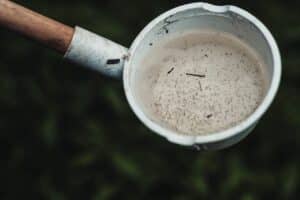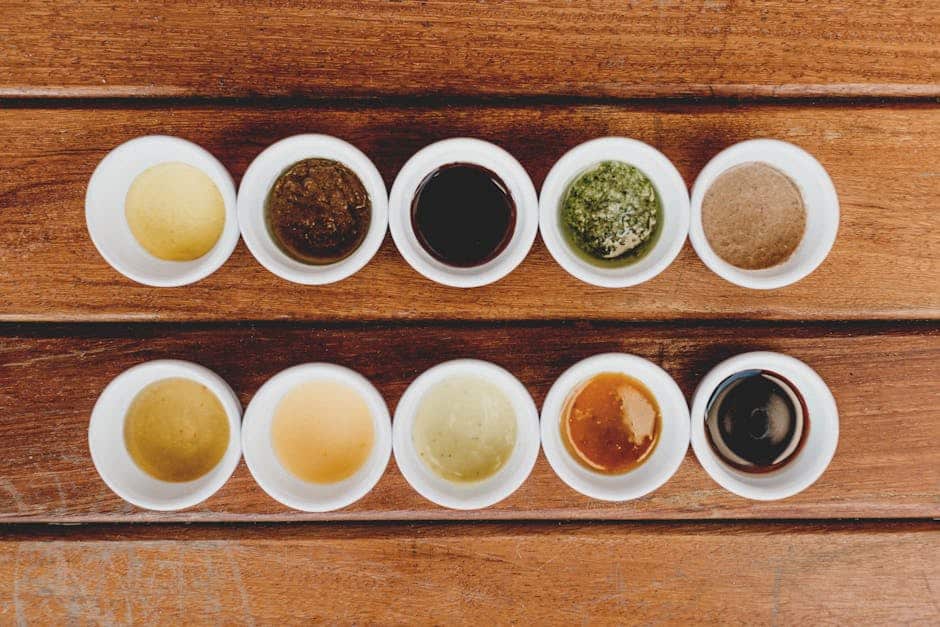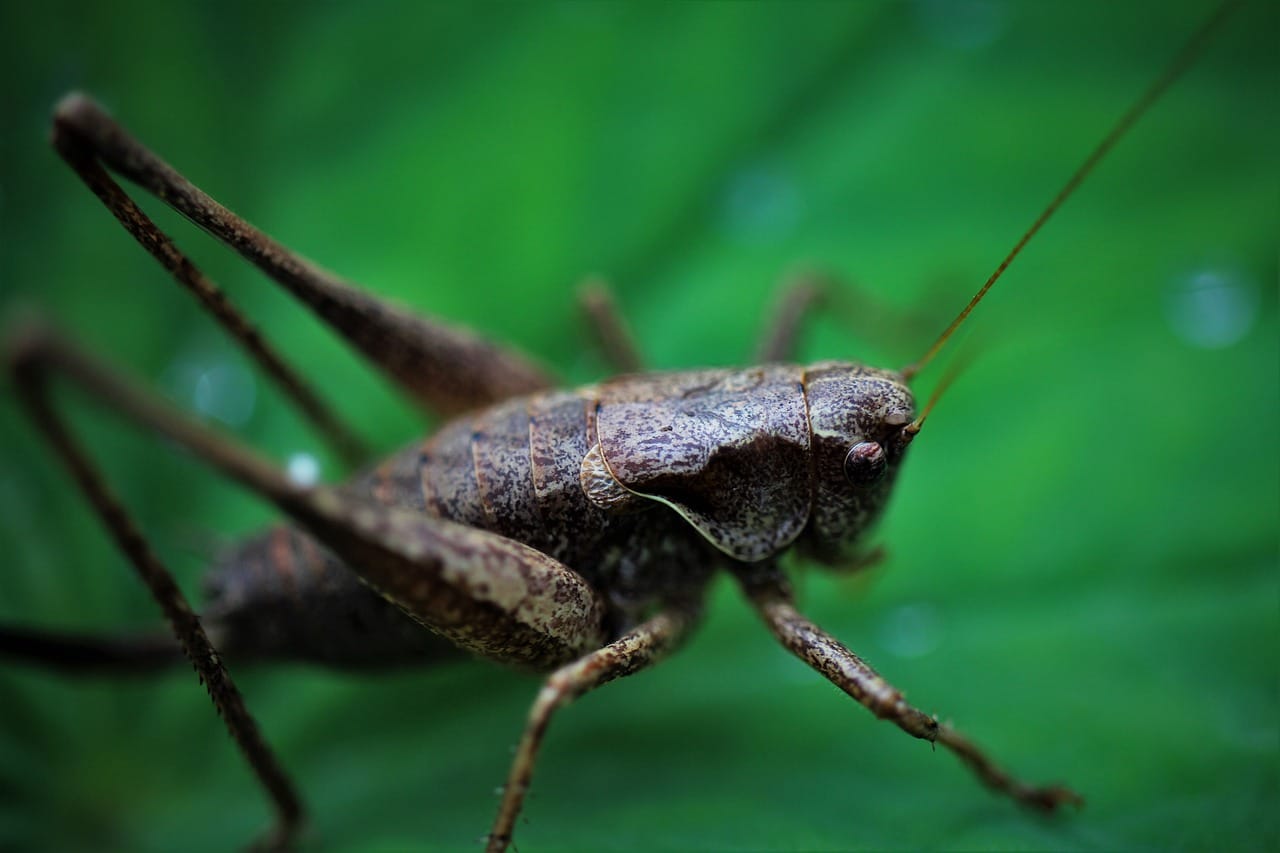Understanding the Basics: Traps vs. Sprays in Pest Control
When it comes to pest control, understanding the fundamental differences between traps and sprays is essential for effective management. Both methods have their unique advantages and are suited to different pest problems. While traps are designed to capture or kill pests, sprays typically involve the application of chemical solutions that repel or exterminate insects on contact. Knowing when to use each method can significantly enhance your pest control efforts.
Traps are often favored for their targeted approach. They can be used to monitor pest activity and reduce populations without the need for chemical exposure in the environment. Common types of traps include:
- Sticky Traps: These traps capture insects by adhering them to a sticky surface.
- Snap Traps: Designed for rodents, these traps quickly kill pests upon activation.
- Live Traps: These allow for the safe capture and release of pests without harming them.
On the other hand, sprays are effective for treating larger infestations or when immediate results are required. They can cover a wider area and penetrate hard-to-reach spots, making them ideal for dealing with pests like ants, cockroaches, and flies. However, it is crucial to consider the potential impact of chemicals on the environment and non-target species. Popular types of sprays include:
- Aerosol Sprays: Convenient and easy to apply, these are often used for household pests.
- Liquid Concentrates: These require dilution and can be more cost-effective for larger areas.
- Natural Sprays: Made from plant-based ingredients, these offer a less toxic alternative.
Ultimately, the choice between traps and sprays in pest control depends on various factors, including the type of pest, the severity of the infestation, and the environment in which the pest problem occurs. Understanding these basics allows homeowners and pest control professionals alike to make informed decisions that align with their specific needs and concerns.
Key Factors in Analyzing the Effectiveness of Traps
When assessing the effectiveness of traps, several key factors come into play that can significantly influence the outcome of pest control efforts. Understanding these factors not only aids in the selection of the appropriate trapping method but also enhances overall pest management strategies.
1. Target Species
The first step in analyzing trap effectiveness is identifying the target species. Different pests exhibit varying behaviors and responses to traps. For instance, the choice of bait, trap design, and placement will differ between rodents and insects. It is essential to consider the specific characteristics of the target species, including their feeding habits, movement patterns, and nesting preferences. This information can be gathered through field observations or pest identification guides.
2. Trap Design and Functionality
The design and functionality of the trap are critical to its success. Traps can be categorized into several types, including live traps, snap traps, and sticky traps, each serving distinct purposes. Key design elements to evaluate include:
- Size and Capacity: The dimensions of the trap must be suitable for the target species.
- Baiting Mechanism: Effective baiting is crucial; traps should be designed to ensure easy access for the pest.
- Durability: The materials used should withstand environmental conditions to ensure long-term use.
3. Environmental Conditions
The surrounding environment plays a significant role in trap effectiveness. Factors such as temperature, humidity, and the presence of competing food sources can impact pest behavior and trap success. For instance, in a humid environment, certain baits may spoil quickly, reducing their attractiveness. Additionally, traps should be placed in locations where pests are most active, which often requires monitoring and adjustments based on environmental changes.
4. Monitoring and Data Collection
Finally, consistent monitoring and data collection are essential for analyzing trap effectiveness. This includes keeping track of catch rates, identifying the captured species, and evaluating any changes over time. By documenting these metrics, pest control professionals can adjust their strategies and improve trap performance. Regular assessments not only provide insights into pest population dynamics but also help in fine-tuning trapping methods for optimal results.
Evaluating the Benefits of Spray Treatments for Pest Management
When it comes to effective pest management, spray treatments offer a range of benefits that make them a preferred choice for both residential and commercial properties. These treatments utilize liquid formulations that can be applied directly to areas where pests are active, ensuring targeted action against a variety of unwanted insects and rodents. One of the primary advantages of spray treatments is their ability to penetrate hard-to-reach areas, effectively eliminating pests that may be hiding in cracks, crevices, or other concealed spaces.
Key Benefits of Spray Treatments:
- Rapid Action: Spray treatments often deliver quick results, allowing property owners to see a significant reduction in pest populations shortly after application.
- Targeted Application: The precision of spray treatments enables professionals to focus on specific areas, minimizing the exposure of non-target species and reducing environmental impact.
- Versatility: Spray treatments can be formulated for various pests, including ants, roaches, termites, and mosquitoes, making them adaptable for different pest control needs.
- Residual Effect: Many spray formulations contain residual properties that provide ongoing protection against re-infestation, ensuring long-term pest management solutions.
In addition to their immediate effectiveness, spray treatments can also be customized to suit the unique needs of each property. Pest management professionals can adjust the concentration and formulation based on the severity of the infestation and the specific type of pest being targeted. This tailored approach not only enhances the effectiveness of the treatment but also promotes safety for inhabitants and pets.
Furthermore, spray treatments can be part of an integrated pest management (IPM) strategy, combining chemical controls with other methods such as sanitation and exclusion practices. This holistic approach not only addresses the current pest problem but also helps prevent future infestations, making spray treatments a valuable component of comprehensive pest management plans. By evaluating the benefits of spray treatments, property owners can make informed decisions to protect their spaces effectively and sustainably.
Comparative Analysis: When to Use Traps vs. Sprays
When it comes to pest control, choosing between traps and sprays can significantly impact the effectiveness of your approach. Both methods have their own advantages and limitations, making them suitable for different situations. Understanding when to use traps versus sprays is essential for achieving optimal pest management.
Effectiveness and Target Pests
Traps are often more effective for monitoring and controlling specific pest populations, particularly for rodents and certain insects like cockroaches. They work by capturing pests alive or dead, allowing for easier disposal and reducing the risk of chemical exposure. On the other hand, sprays are typically used for immediate action against a broader range of pests, including ants, flies, and mosquitoes. They provide quick knockdown and can cover larger areas, making them ideal for widespread infestations.
Environmental Considerations
When deciding between traps and sprays, consider the environmental impact of your choice. Traps can be a more eco-friendly option, especially in homes with children and pets, as they minimize chemical exposure. In contrast, sprays often contain pesticides that can pose health risks if not applied correctly. It’s essential to assess the location and potential risks before choosing a method, as traps may be better suited for sensitive environments.
Cost and Maintenance
Cost is another crucial factor in the comparative analysis of traps versus sprays. Traps generally require a one-time investment, while sprays may necessitate ongoing purchases for refills and repeated applications. Additionally, traps require less maintenance compared to sprays, which may need to be reapplied after rain or over time. Therefore, if you are looking for a long-term solution with minimal upkeep, traps might be the preferable choice.
Real-World Case Studies: Traps vs. Sprays in Pest Control Effectiveness
When evaluating the effectiveness of pest control methods, real-world case studies provide invaluable insights into how traps and sprays perform under various conditions. One notable study conducted in urban environments compared the use of bait traps and chemical sprays for controlling cockroach populations. The findings revealed that traps, particularly those with pheromone lures, captured a significantly higher number of roaches over a three-month period compared to chemical sprays, which often required multiple applications and showed diminishing returns over time.
In agricultural settings, a comparative analysis of insect traps versus insecticide sprays highlighted the ecological benefits of traps. For instance, a farm implementing sticky traps for aphid control reported a 60% reduction in aphid populations without the adverse effects associated with chemical sprays, such as harm to beneficial insects. The study emphasized that while sprays may provide immediate results, traps can offer a sustainable solution by reducing pest populations over time without contributing to chemical resistance.
Additionally, a case study focusing on residential settings found that homeowners using a combination of traps and sprays experienced improved pest control outcomes. The data indicated that traps effectively monitored pest activity and provided early warnings, while sprays were used as a targeted approach to manage infestations. This integrated pest management strategy not only enhanced effectiveness but also reduced the frequency of chemical applications, aligning with eco-friendly pest control practices.
Key Takeaways from Case Studies:
- Traps often outperform sprays in capturing pests over extended periods.
- Traps can help reduce pesticide use and minimize harm to non-target species.
- Combining traps with targeted sprays can lead to optimal pest management results.













